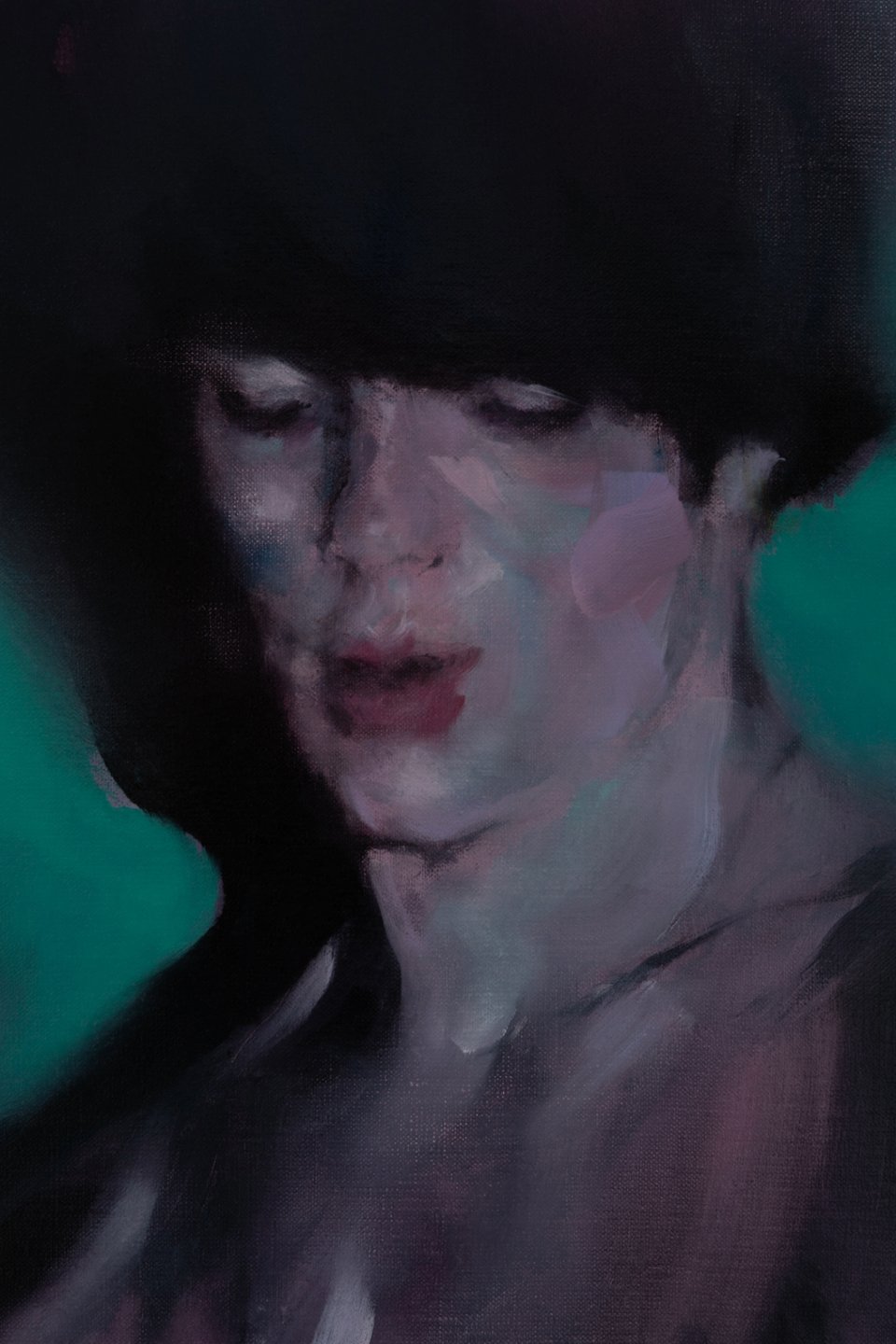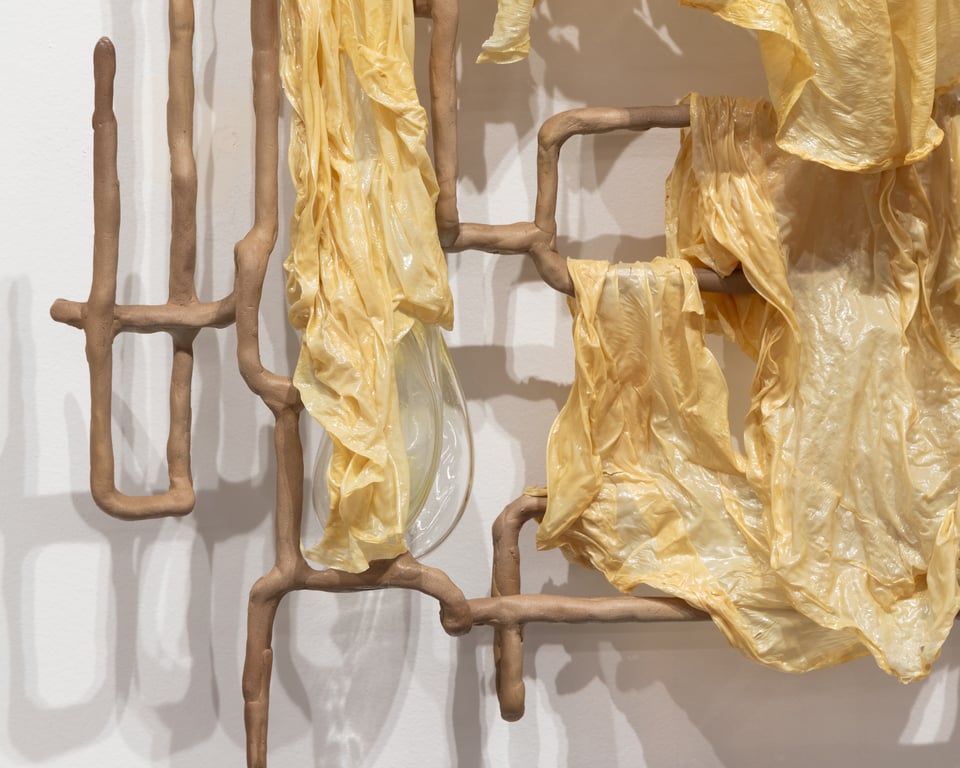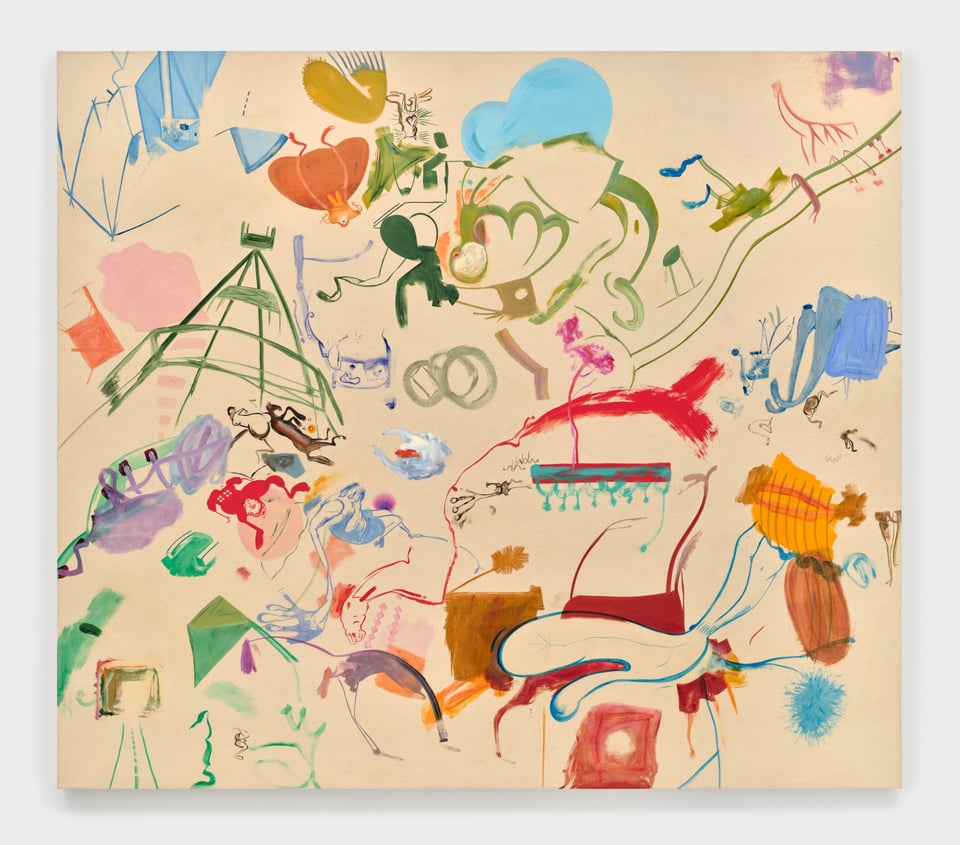Three Gallery Reviews & a Secret Link
Paul P., Jes Fan, and Sue Williams
Dear Readers,
Thank you for indulging this late entrant to the genre of the art critic’s newsletter. I did actually start “a substack” before, but it was more of a conceptual gesture (with its fifty thousand-dollar annual subscription price). More on that project soon. This newsletter will function traditionally (for now) and be free (forever, I think).
As promised, below are three recent reviews for shows currently on view in New York (Paul P. at Greene Naftali, Jes Fan at Andrew Kreps, and Sue Williams at 303). Paragraph-long previews link to the full text on TCT, which is, I’m sorry, paywalled. (Consider subscribing.) But there is a secret free link at the bottom of this email if you’d like to read my TCT piece on Gary Indiana’s Village Voice reviews from the 1980s and Nicole Eisenman’s new public sculpture Fixed Crane. Yes, I want you to scroll to the bottom, always.—JF

Paul P.
Greene Naftali Gallery | 508 West 26th Street
Through January 11, 2025
To utter this show’s title, “Sibilant Esses,” is to momentarily adopt its referenced affectation—the hyperarticulated “s” of stereotyped effeminacy in gay speech. (Try it.) The Canadian painter Paul P.’s half-joke is the icing on the cake, the final overdetermining flourish that situates his libidinal-conceptual practice foremost in a network of past homosexual styles. Overlapping eras of queer-coded visual culture fall dreamily in and out of sync with a wavering art-historical timeline here, in his Greene Naftali debut. Read more

Jes Fan
Andrew Kreps | 55 Walker Street
Through December 21, 2024
[…]The fantastic corporeality of Fan’s art begins with the visualization of interior space, but it ends somewhere else. The tabletop sculpture Right pelvis, Cross Section, 2024, for example, is an object of transfixing ambiguity, appearing both fabricated and fossilized, and, with its jumbled orifices and protuberances, like both an animal and a mineral—if not a vegetable, too. Similar to his other radiologically captured body parts, printed with tree-bark-hued plastic and punctuated with blobs of glass (some of which were featured in this year’s Whitney Biennial), Right pelvis has the presence not of a static specimen, but of a hibernating organism waiting to rejoin the biosphere as a new thing.
It's the global cash crop of soy, though, with its alchemical potential for transformation, that underscores the thrilling material instability of Fan’s show. Read more

Sue Williams
303 Gallery | 555 West 21st Street
Through December 20
Since the late '80s, the painter Sue Williams has, with uncouth feminist candor, exposed both deep and just-below-the-surface cultural undercurrents of sexual violence and patriarchal power. In early canvases, she deployed the cartooning style of a toilet-stall vandal; later, she found painterly analogs to misogyny in the muscular expressionist traditions of art history, embedding fragmented imagery in savvily borrowed gestures. Veering from crude figuration to abstraction, and then back to representational work—but with a more graceful line—she has achieved a command of both modes, and an eerie fluency in a host of historical styles. For some time, and certainly with the group of paintings in her new show, “Unspeakable,” on view at 303 Gallery, she has shown an ability to produce (what look like) spontaneous compositions, born of an automatic process that accommodates—in the same breath—both nonobjective lyricism and lewd, cryptic outbursts of the unconscious. Read more